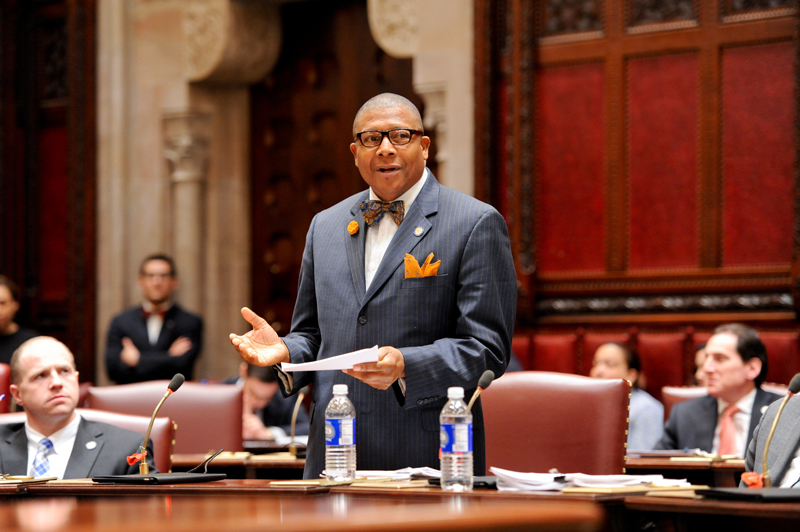BY STATE SENATOR JAMES SANDERS JR.
During his time on the campaign trail prior to his election, President Trump promised to repeal and replace Obamacare, aka the Affordable Care Act, during his first 100 days in office. He even listed the goal in a document he created called “Donald Trump’s Contract With the American Voter.”
However, Trumpcare, formally known as the “The American Healthcare Act,” not only crashed and burned, but is largely being considered the biggest debacle of his presidency so far. Democrats and Republicans alike deserted the bill, and rather than unite the GOP, it led to internal bickering and finger pointing. It never made it to a congressional vote despite amendments, debates, and an ultimatum from the president himself. The plan was also deeply unpopular among Americans, according to several opinion polls.
Trumpcare would have repealed Obamacare’s requirement that everyone carry insurance or face a tax penalty; ended the requirement that insurers cover key services; rolled back the Medicaid expansion; and replaced Obamacare’s subsidies with tax credits scaled by age and available only to those earning less than an upper-middle class income. To be fair, it would have kept some of the good aspects too, such as allowing young people to stay on their parents’ plan until age 26 and requiring insurance to cover pre-existing conditions.
Trumpcare was not the total repeal the arch-conservative Freedom Caucus wanted, nor the Obamacare “fix” that many centrist Republicans probably hoped for, but an attempt to chart a course between those two ends of the Republican party that ultimately floundered without the support of either side.
The Congressional Budget Office estimated that 24 million people would have lost coverage by 2020 under Trumpcare. In its final form the bill would have saved just $150 billion over 10 years, a tiny fraction of government expenditures, while returning hundreds of billions in tax revenues to the most wealthy.
The Republican bill was an attempt to square the circle of insurance markets. Without the push factor of the mandate and the pull factor of subsidies, fewer healthy people would have bought insurance. To make up for the income from those cheap-to- insure healthy people, Trumpcare would have let insurers stop covering Obamacare’s key services. Theoretically, that would have allowed people to buy insurance only for those services they needed. For example, a 60-year old man would no longer have to buy maternity care coverage.
But without required services offset by the payments of healthy, cheaply insured people and subsidized by the federal government, no private insurer would have had any reason to cover an expensive service, exactly why the drafters of Obamacare included the requirements in the first place. The tax credits alone were not nearly incentive enough to insurers. Those needing simple services with prohibitive out-of- pocket costs, a description that covers almost everything we mean by “health care,” from hospital visits to doctor visits to emergency services to prescription drugs, would have been out of luck.
Obamacare had its fair share of problems, however, it set a very important precedent – access to basic medical care is a federal right – something President Trump will have to contend with, and build upon if he wants to make any progress with either party moving forward. On the local level, my Senate Democratic colleagues and I are pushing for universal coverage through a ‘single-payer exchange,’ under legislation called the New York Health Act, which will ensure that every New Yorker has access to affordable and high-quality health insurance.































